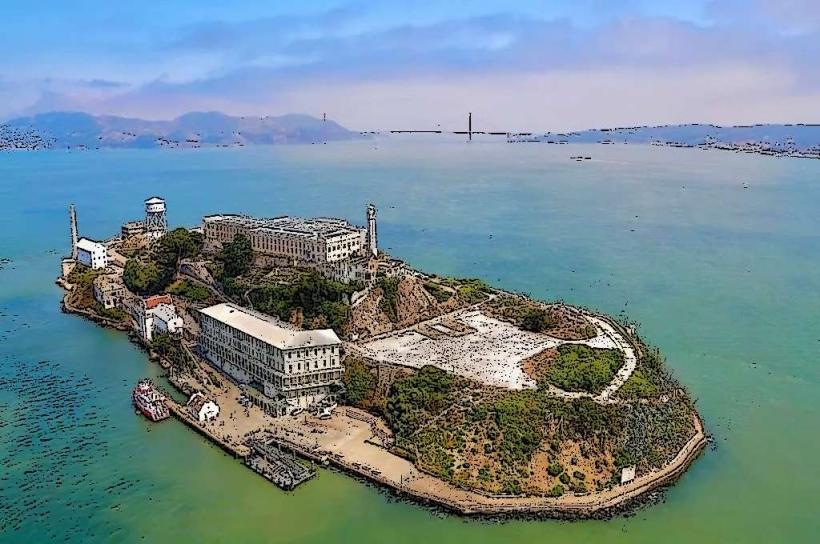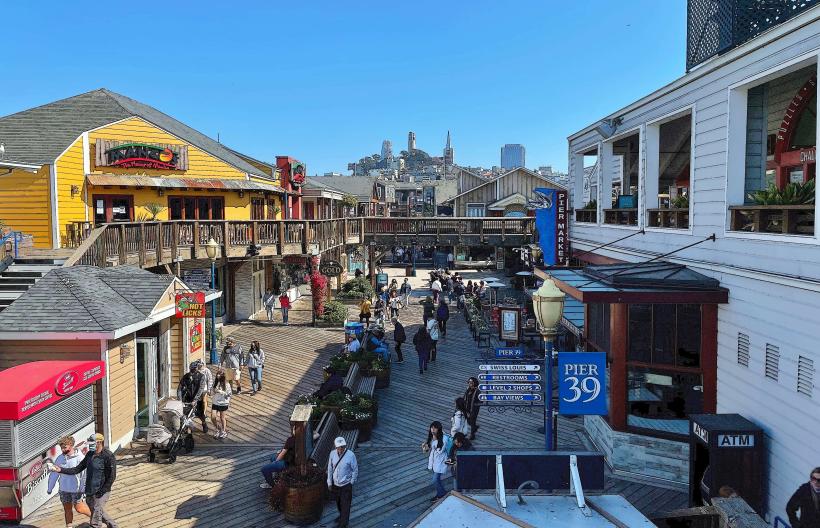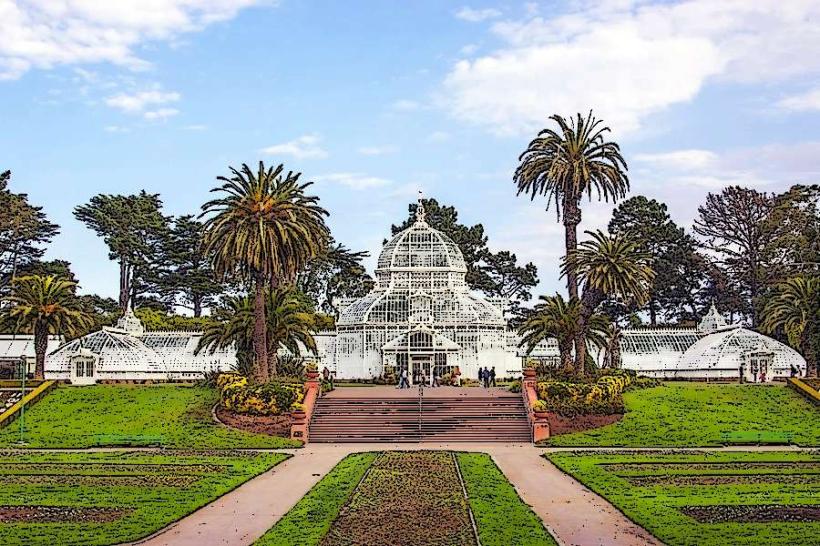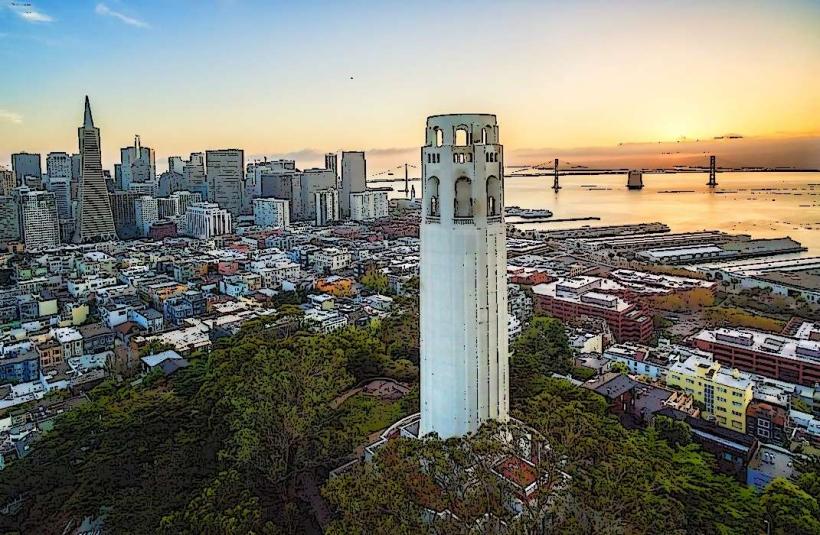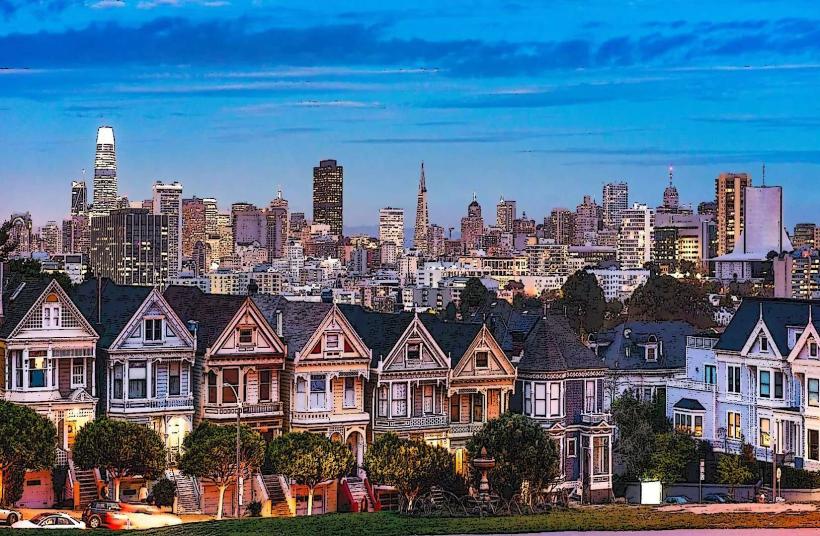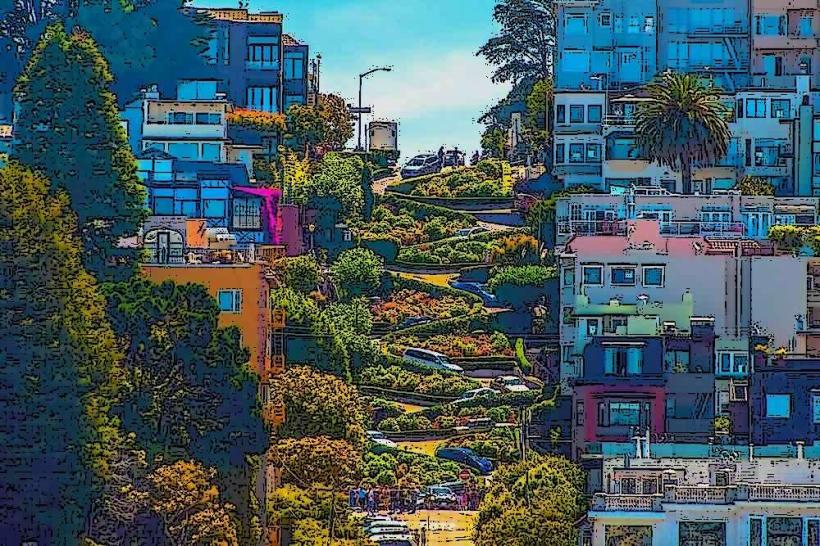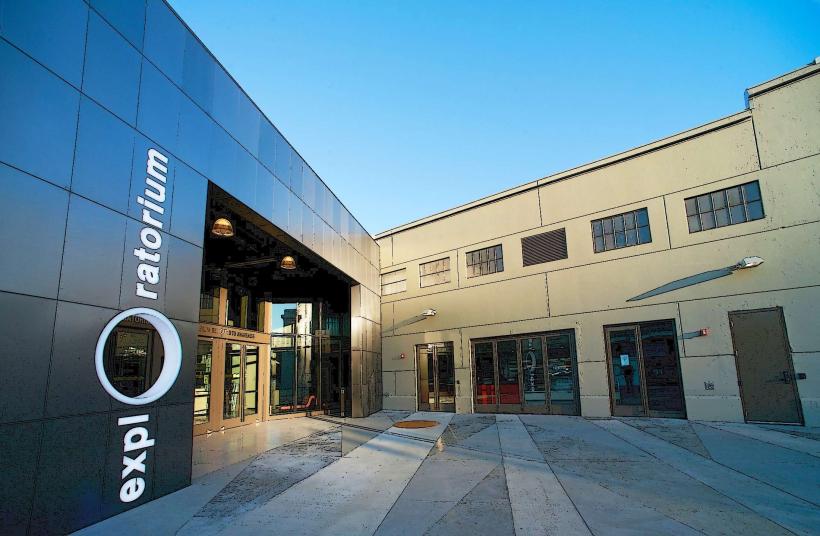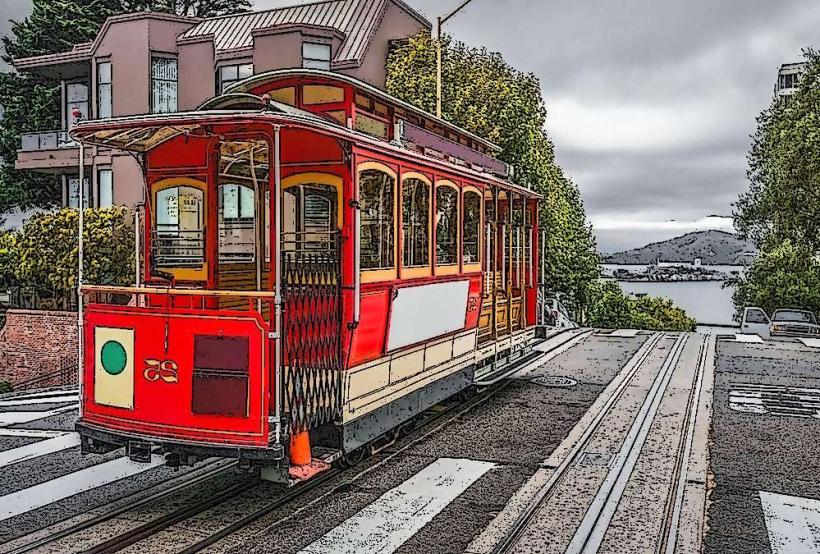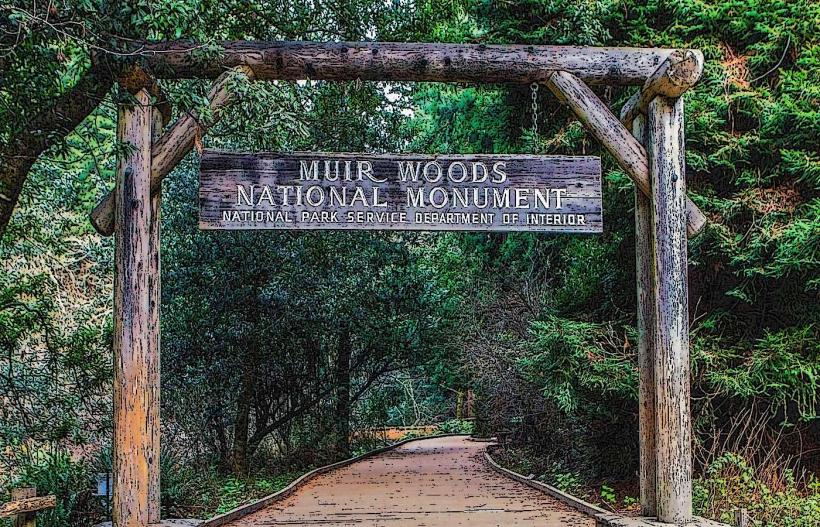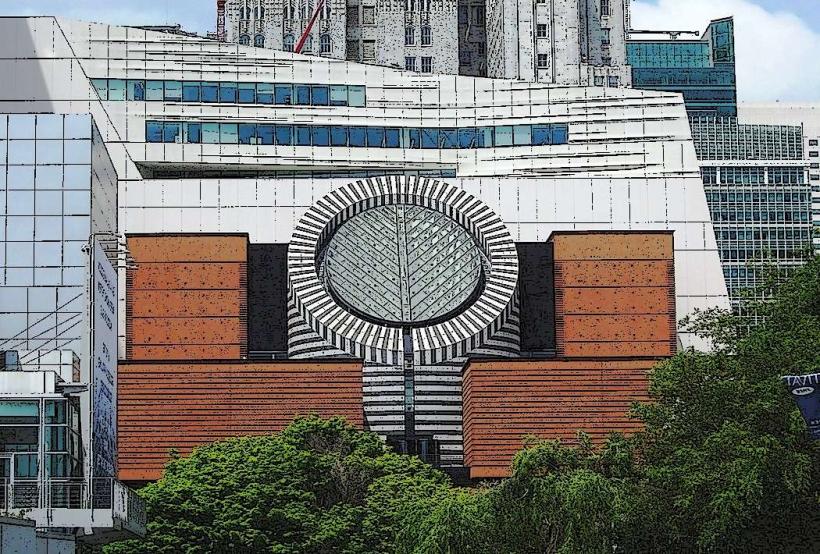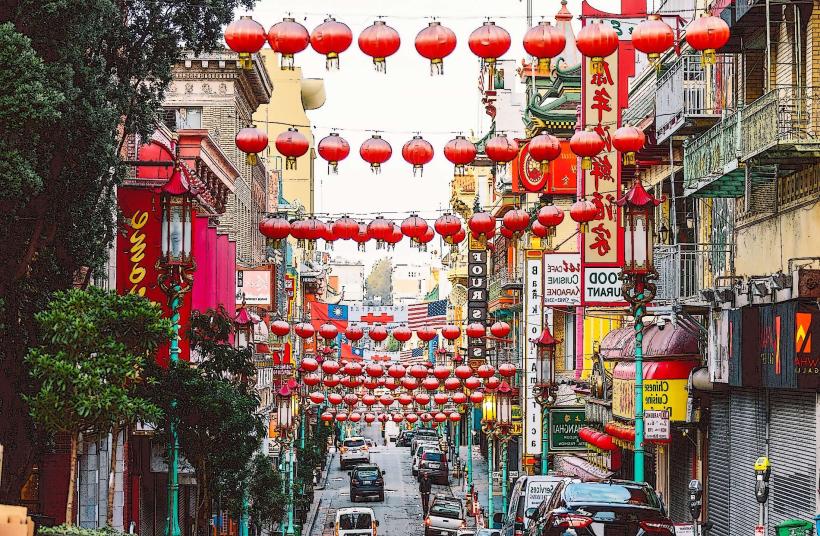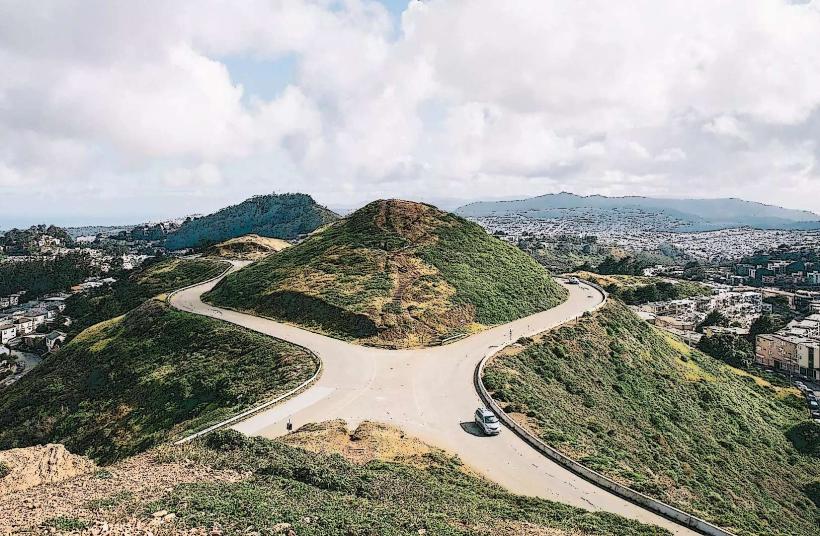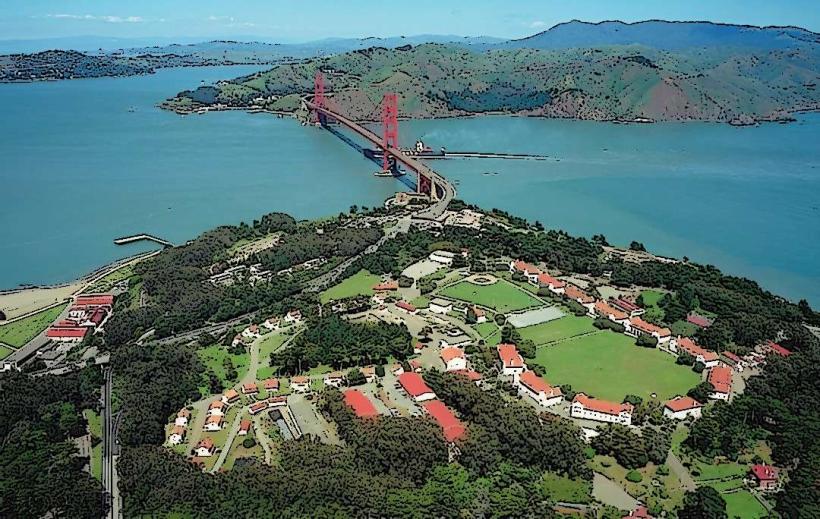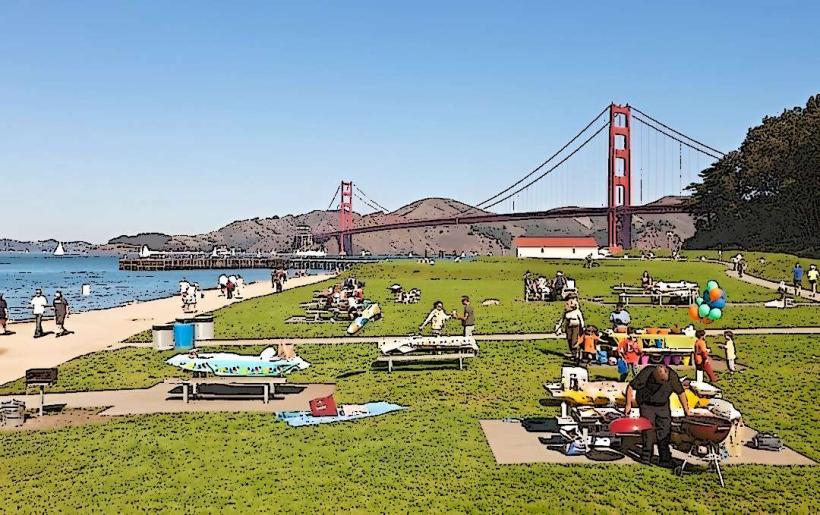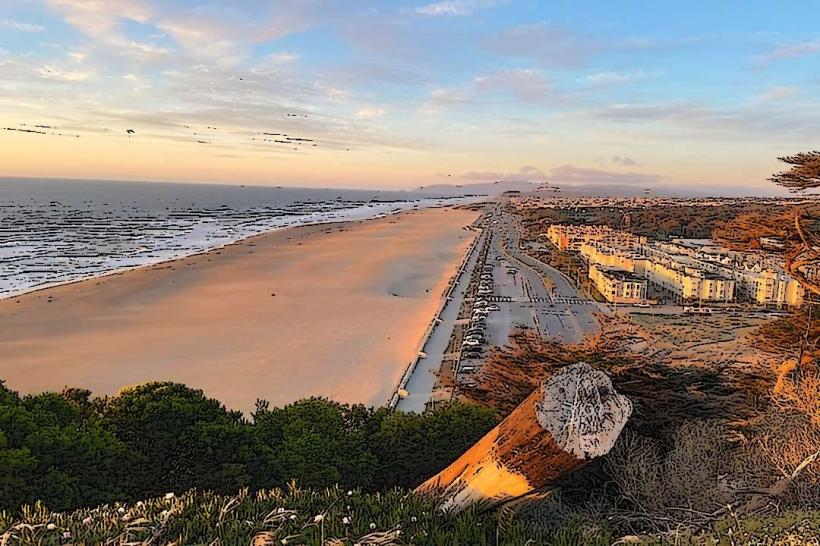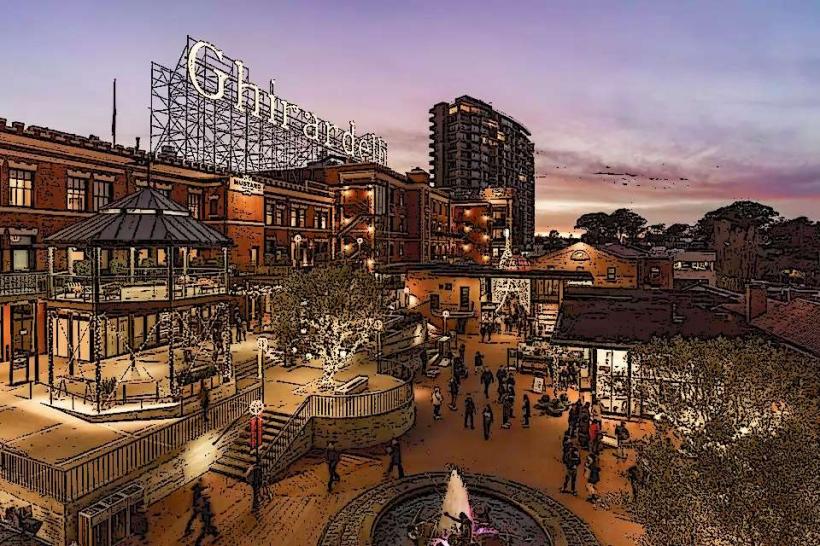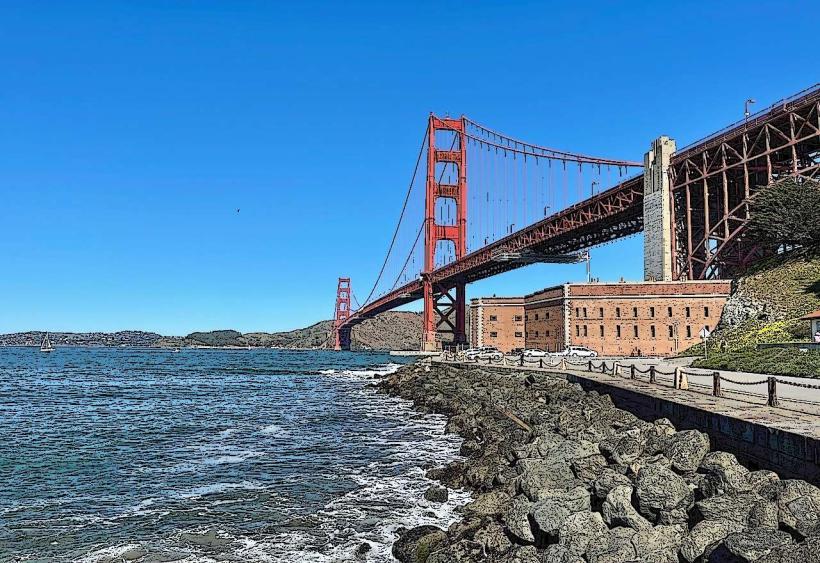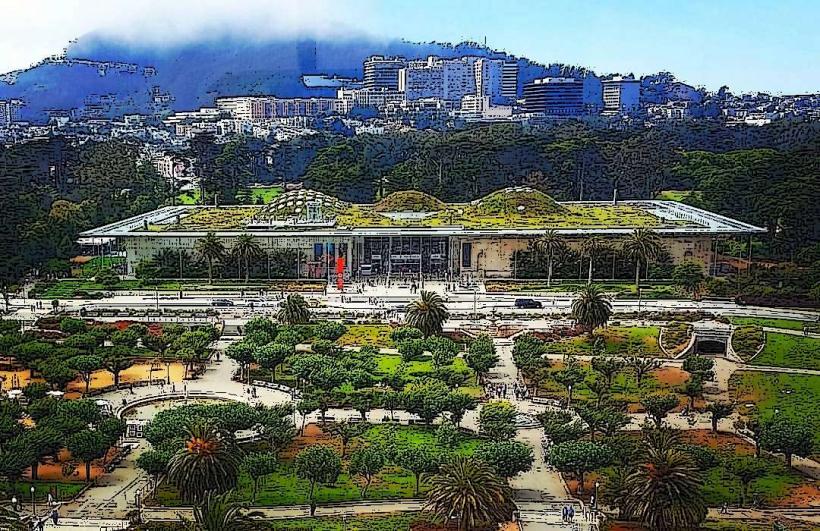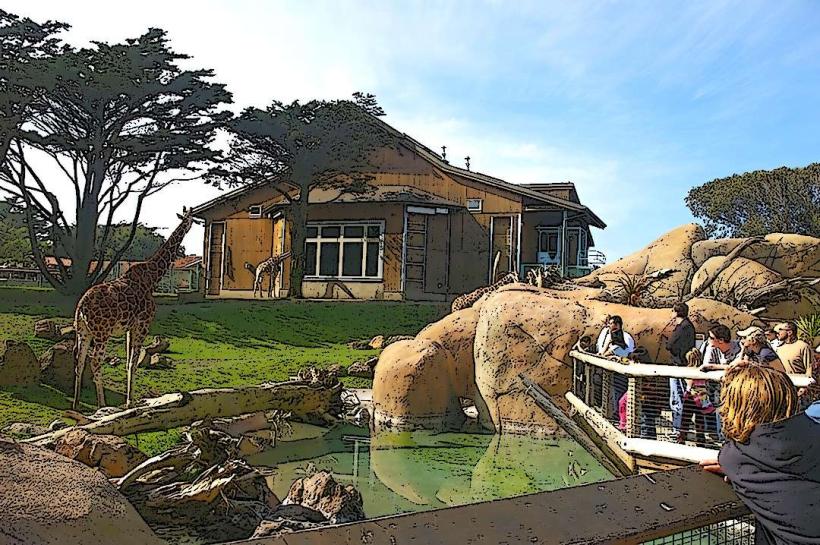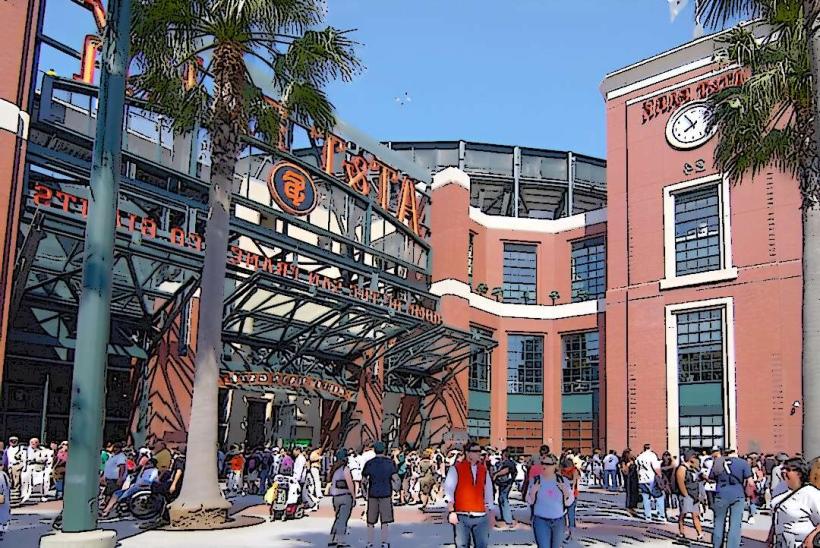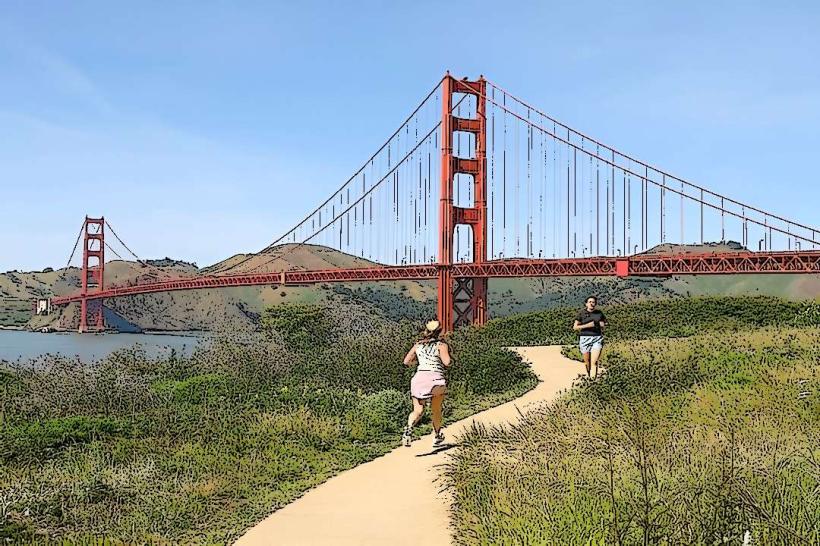Information
Landmark: Fisherman’s WharfCity: San Francisco
Country: USA California
Continent: North America
Fisherman’s Wharf, San Francisco, USA California, North America
Fisherman’s Wharf is one of the most popular and historic neighborhoods in San Francisco, located along the northern waterfront of the city. Famous for its rich history, waterfront views, bustling atmosphere, and numerous tourist attractions, Fisherman’s Wharf is a must-see destination for anyone visiting the city.
Historical Background
Early History: The area that is now Fisherman’s Wharf was originally home to fishermen, particularly Italian immigrants who arrived in the mid-19th century. They established fishing villages along the waterfront, and by the late 1800s, the area became a thriving hub for the fishing industry. Fishermen would sell their catch, primarily seafood, directly to locals and restaurants, creating the foundation for the area’s economic activity.
The Growth of the Wharf: Over the years, Fisherman’s Wharf evolved from a small fishing district to a commercial and tourist area. By the early 20th century, the wharf became the center for San Francisco’s seafood industry. It attracted ships from all over the Pacific, and the area became known for its seafood restaurants, which served freshly caught fish and shellfish.
Decline and Revival: By the mid-20th century, however, the fishing industry in San Francisco began to decline. New fishing methods, competition, and the closure of nearby docks led to a downturn in the area’s commercial fishing activity. However, in the 1970s, Fisherman’s Wharf began to see a revival as it was transformed into a major tourist attraction. The area’s historic buildings, waterfront location, and unique atmosphere were leveraged to attract visitors from around the world.
Key Attractions and Landmarks
Pier 39:
One of the most well-known destinations at Fisherman’s Wharf is Pier 39, a bustling shopping, dining, and entertainment complex. Pier 39 is home to a wide range of stores, restaurants, street performers, and attractions.
Sea Lions: One of the most famous sights at Pier 39 is the colony of California sea lions that sunbathe on the floating docks nearby. These sea lions have become a major tourist attraction, especially since their arrival in the 1990s, after they mysteriously appeared following the 1989 Loma Prieta earthquake. The sea lions now have a designated viewing area, and visitors can watch them up close.
Aquarium of the Bay: This interactive aquarium is located at Pier 39 and offers an up-close look at the marine life that inhabits the waters of the San Francisco Bay, including sharks, rays, and other local sea creatures.
Shops and Dining: Pier 39 is known for its eclectic mix of shops, offering everything from souvenirs and local crafts to clothing and gourmet food. It also has numerous dining options, ranging from casual seafood stands to upscale restaurants with panoramic views of the bay.
The San Francisco Maritime National Historical Park:
This park encompasses several historic ships, piers, and exhibits that give visitors a glimpse into the city’s maritime history. Hyde Street Pier is a key location within the park, where visitors can tour historic vessels, including the Balclutha, a 19th-century square-rigged sailing ship, and the Eureka, a 1920s steam-powered ferryboat.
The park also features the Maritime Museum, housed in a stunning Art Deco building, where visitors can explore exhibits related to the history of the San Francisco waterfront, shipbuilding, and the maritime industry.
Ghirardelli Square:
Originally the site of the Ghirardelli Chocolate Factory, Ghirardelli Square is now a historic landmark and a popular shopping and dining destination. Visitors can still enjoy Ghirardelli’s famous chocolates and ice cream, as well as explore the square’s charming shops and restaurants.
The square also houses a small museum that tells the story of the Ghirardelli company and its impact on the San Francisco waterfront.
The National Liberty Ship Memorial – SS Jeremiah O'Brien:
The SS Jeremiah O’Brien is a World War II-era Liberty ship that has been preserved and restored. It is one of the few remaining Liberty ships from the 2,710 built during the war and serves as a memorial to the men and women who served during the war. The ship is docked at the Fisherman’s Wharf and is open for tours, where visitors can explore the engine room, crew quarters, and other parts of the vessel.
Historic Ships and Maritime Museums:
Visitors to Fisherman’s Wharf can also explore the USS Pampanito, a World War II-era submarine that is now a museum, offering a look into the life of submariners during wartime.
The Sea and the City exhibit showcases the role of the waterfront in the development of San Francisco, and visitors can learn about the city’s maritime history through interactive displays and exhibits.
Dining and Seafood
Fisherman’s Wharf is famous for its seafood, and it is one of the best places in San Francisco to sample fresh fish, shellfish, and clam chowder. Some of the best-known dishes and food experiences include:
Clam Chowder in a Sourdough Bowl: A classic San Francisco dish, clam chowder is often served in a hollowed-out loaf of sourdough bread. Visitors can try this dish at several locations around Fisherman’s Wharf, including Boudin Bakery, which has been making sourdough since 1849.
Crab: The San Francisco Bay Area is famous for its Dungeness crab, and Fisherman’s Wharf is home to numerous seafood stands that offer fresh crab, either whole or in dishes such as crab cakes or crab salads.
Seafood Stalls and Markets: The area is dotted with seafood stands, fish markets, and restaurants that serve a variety of seafood, including shrimp, oysters, and scallops. Fisherman’s Wharf also has a bustling fish market where visitors can buy fresh fish or enjoy cooked seafood.
Other Attractions and Activities
The San Francisco Cable Car: Fisherman’s Wharf is a key stop on San Francisco’s famous cable car route, allowing visitors to take a scenic ride through the city’s iconic hills. The Cable Car Museum is also located near the Wharf and provides insight into the history and operation of these historic vehicles.
Bay Cruises: Visitors can take a boat cruise around the bay to get spectacular views of the Golden Gate Bridge, Alcatraz Island, and the city skyline. Some tours offer sunset cruises, dinner cruises, or eco-tours.
Biking and Walking: Fisherman’s Wharf is a great starting point for exploring the San Francisco waterfront by bike or on foot. You can easily walk or cycle along the Bay Trail or rent bikes to explore nearby landmarks like Crissy Field, the Golden Gate Bridge, and the Presidio.
Conclusion
Fisherman’s Wharf is a vibrant and diverse area of San Francisco that combines history, culture, shopping, dining, and stunning waterfront views. Whether you’re looking to explore historic ships, sample fresh seafood, or simply enjoy the lively atmosphere, Fisherman’s Wharf offers a unique and memorable experience for visitors of all ages. Its mix of historic charm and modern attractions makes it one of San Francisco’s most popular and enduring destinations.


